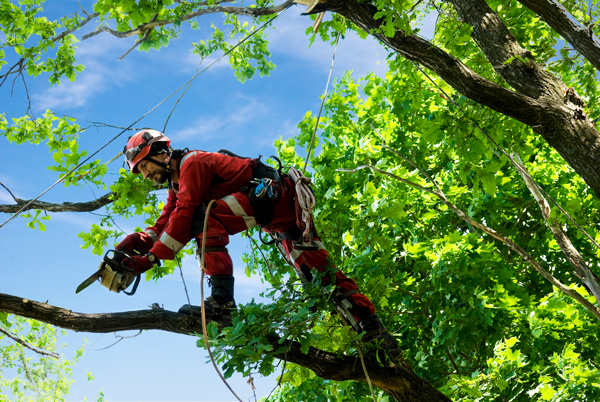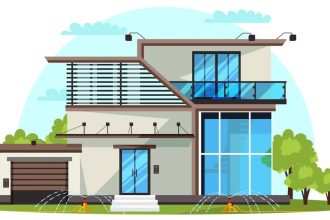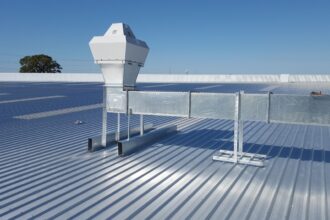In Seattle, where tree-lined streets and vibrant canopies define the terrain, pruning mistakes can do more harm than good. Many homeowners think a trim is always helpful, but cutting too much—especially in the wrong season—can quietly undermine a tree’s health. Overpruned trees are more vulnerable to disease, pests, and structural weakness, making what seems like a tidy-up potentially damaging in the long run.
Seattle’s mix of climate and native species calls for thoughtful care, not guesswork. Pruning without understanding how a tree responds can shorten its lifespan and hurt your property’s overall value. Reaching out to a certified arborist in Seattle gives you expert guidance tailored to local conditions, helping your trees thrive in every season.
Risks of Overdoing Tree Pruning
Cutting back too many branches or leaves can stress out a tree and make it more likely to get hit by pests or diseases. Trees depend on their branches and leaves to stay strong and grow. If you take away too much, it opens the door for things like bark beetles or fungi to move in. For example, in Green Lake, bigleaf maples are popular, but they don’t handle aggressive trimming well.
If overtrimmed, they might get fungal growths called conks the next season, which don’t look good and point to bigger issues. Catching problems early—like signs of stress or insect damage—can save your trees. Regular check-ups and getting advice from an arborist can help keep your trees healthy and ready to deal with whatever comes their way.
Better Pruning Methods for Healthy Trees
Smart pruning keeps trees strong and reduces the risk of disease. Techniques like crown thinning improve light and airflow by removing select branches, helping leaves get sun and preventing fungal buildup. In Seattle’s damp climate, this kind of ventilation makes a big difference in avoiding mold and decay.
Crown raising clears space below the canopy for walkways or driveways without distorting the tree’s shape. For managing size, crown reduction is a gentler option than topping and helps the tree stay balanced. These thoughtful methods keep your trees healthy, safe, and looking great year-round.
When to Prune in Seattle’s Climate
Timing is just as important as technique when it comes to pruning. In Seattle, late winter to early spring—typically February through early April—is the sweet spot for most species. Pruning during this window allows trees to recover faster as they gear up for new growth. The cuts heal more efficiently, sap flow is lower, and energy can go straight into building healthy branches and leaves.
Summer pruning also has its place. It’s especially useful for shaping or managing fast-growing or sap-heavy trees like maples and birches, which tend to bleed if trimmed earlier. Avoid fall pruning, when moisture and cool temps slow healing and raise the risk of fungal issues. Watch for changes in leaf density, branch direction, or pest activity year-round to time your cuts wisely.
Knowing When to Call a Pro
Branches growing too close to homes, garages, or walkways aren’t just an inconvenience—they can scrape siding, block windows, and create hazards for pedestrians or drivers. During storms or high winds, these limbs are more likely to break and cause damage. Low-hanging branches can also obscure sightlines, making driveways and sidewalks less safe.
Keeping an eye on how your trees interact with surrounding structures helps you catch small problems before they escalate. A well-timed visit from an arborist can make targeted cuts that improve safety and protect both your property and the tree.
Finding the Right Arborist in Seattle
Choosing the right arborist makes a big difference in your tree’s long-term health. Look for someone with ISA certification—they’ve been trained to understand not just general tree care, but how local species respond to Seattle’s wet winters, dry summers, and clay-heavy soil. For example, a Seattle-based arborist will know that western redcedars don’t bounce back well from late-summer pruning and that cherry trees along Ravenna Boulevard are especially prone to fungal infections after rainy spells.
Check reviews for signs of consistent, great service—clients often mention when an arborist took time to explain options or offered seasonal tips specific to their neighborhood. A great arborist won’t rush the job. They’ll talk with you about your goals, suggest ways to support your trees year-round, and take a collaborative approach to long-term care.
Taking care of your trees supports a safer, more beautiful landscape and adds long-term value to your home. Thoughtful pruning encourages healthy growth, better airflow, and fewer problems with pests or disease. In Seattle, where weather patterns and native species demand careful timing, late winter or early spring offers the best window for most work. Trees showing stress, crowding, or overgrowth near structures may need professional attention. A certified local arborist brings the knowledge to make smart, seasonal decisions. If your trees are overdue for care, now’s a great time to schedule a visit and keep your yard thriving year-round.














